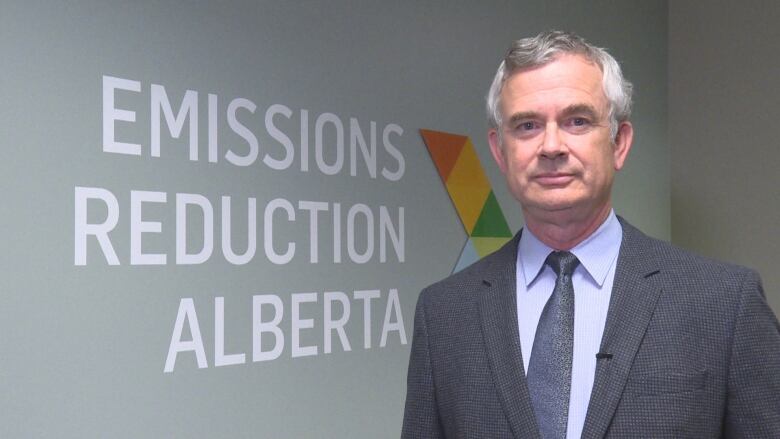'Goose bumps': CNRL develops oilsands mining idea that eliminates tailings ponds
In-pit extraction process produces dry tailings, reduces CO2 emissions and costs

Asrock-bottom oil prices dragged into 2016, a team of CNRL employees brought an idea to Joy Romero, vice-president of technology and innovation for the Calgary-based energy company.
They proposed a new technology that could change the way oilsands are mined, eliminating the need for tailings ponds,acontroversiallegacy of conventionaloilsandsmining.
The new technology could also save CNRLmoney.
Romero was intrigued and tooka gamble.
"So basically it was 2016 and we all know the environment that we found ourselves from a cost point of view," Romero said in an interview with CBCNews. "And we knew that we needed to do business differently."
- Alberta's energy regulator ignoring own rules on tailings ponds: critics
- New titanium industry could grow out of oilsands waste
- Alberta issues $70M challenge to companies to develop cleaner tech
The employees, led byprocess innovation manager Vince Wallwork, believedthey could extract bitumen fromoilsands and then reclaim the land immediately not years later.
At CNRL's Horizon mine, 70 kilometres north of Fort McMurray, they built a multi-level mobile platform that could separate bitumen from sand, leaving behind dry tailings. The platform would finish work in one location before being moved to a new area in the mine.
The process named the In-Pit Extraction Process passed the first round of testing.
Not only could the technology eliminate the need for tailings ponds, CNRL found it also shaved at least $2 off the cost to produce a barrel of oil.
Moreover, itreduced greenhouse gas emissionsby 40 per cent because energy wasn't needed to truck or pipe mined oilsandsback to a processing facility that waskilometres away.
"It just gives you goose bumps. It's a really special thing to see, to make this kind of difference," Romero said about the project."It's a huge game-changer."
Project backed by $5.6M taxpayer grant
CNRL is about to participate in a larger, $46-million demonstration projectthat would process 500 tonnesof oilsands per hour, up from the 100-tonne per hour rate of the first pilot.

In May, the company received a $5.6 million grant for the project from Emissions Reduction Alberta (ERA), which invests in promising technologies that reduce greenhouse gas emissions. The ERA's funding comes from the Alberta government's Climate Change and Emissions Management Fund.
Steve MacDonald, the ERA's chief executive, said CNRL has shown the new technology works. Now the company needs to prove it can work on a larger scale.
"The issue really is: Can it do it 24/7, 365 days a year?" MacDonald said. "And that's what we are trying to demonstrate and de-risk with our investment."
- MORE FORTMcMURRAYNEWS:Alberta Mtis push for self-government agreement by2019
- MOREFORTMcMURRAYNEWS:Wildfire evacuees inspire Edmonton couple to vacation in Fort McMurray
- MORE FORTMcMURRAYNEWS:Northern Alberta hamlet happy with first taste of lower-priced groceries
Canada's Oil Sands Innovation Alliance (COSIA), which helps oilsandsproducers share their technological innovations with others in the industry,said the technology is an example of the innovation that's happening continuously in the oilsands.
Dan Wicklum, COSIA's chief executive, saidCNRL is the first company to develop a way to eliminate the need for tailings ponds at the mining source.
"This is really sort of systems thinking, where we get out of the box of coming up with the best ways to treat tailings ponds. And we are moving to the space of not making tailings ponds to begin with," Wicklum said.
Connect with David Thurton, CBC'sFort McMurraycorrespondent, onFacebook,Twitter,LinkedInor email him atdavid.thurton@cbc.ca












_(720p).jpg)


 OFFICIAL HD MUSIC VIDEO.jpg)
.jpg)



























































































